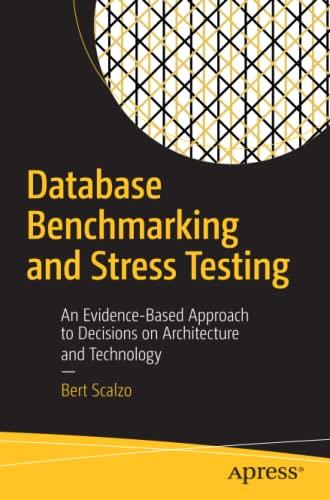Question
A sender is sending information bits in blocks of size K . The information goes through an error-prone channel to reach the receiver. An error
A sender is sending information bits in blocks of size K. The information goes through an error-prone channel to reach the receiver. An error correction/detection code is used at the transmitter and the receiver uses the corresponding decoder.
The encoder adds N redundancy bits to the K-bit long information , generating a codeword of length (K+N)-bit long.
The code can correct all single errors and detect up to 3 errors. The probability a bit is received in error due to channel impairments is PB. The occurring bit error events are independent from each other, i.e. the event {bit i is in error} is independent of the event {bit j is in error}, where bit i and bit j belong to the same frame .
Calculate the probability:
(a) the decoder produces a correct output.
(b) The probability the decoder fails to correct errors or identify that errors have occurred.
Step by Step Solution
There are 3 Steps involved in it
Step: 1

Get Instant Access to Expert-Tailored Solutions
See step-by-step solutions with expert insights and AI powered tools for academic success
Step: 2

Step: 3

Ace Your Homework with AI
Get the answers you need in no time with our AI-driven, step-by-step assistance
Get Started


